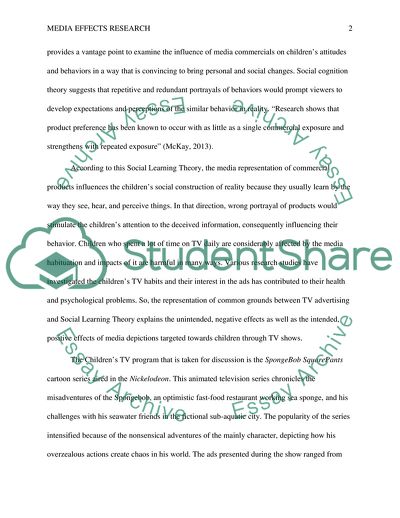Cite this document
(Negative Media Effects Case Study Example | Topics and Well Written Essays - 1500 words, n.d.)
Negative Media Effects Case Study Example | Topics and Well Written Essays - 1500 words. https://studentshare.org/media/1873601-media-effects-project
Negative Media Effects Case Study Example | Topics and Well Written Essays - 1500 words. https://studentshare.org/media/1873601-media-effects-project
(Negative Media Effects Case Study Example | Topics and Well Written Essays - 1500 Words)
Negative Media Effects Case Study Example | Topics and Well Written Essays - 1500 Words. https://studentshare.org/media/1873601-media-effects-project.
Negative Media Effects Case Study Example | Topics and Well Written Essays - 1500 Words. https://studentshare.org/media/1873601-media-effects-project.
“Negative Media Effects Case Study Example | Topics and Well Written Essays - 1500 Words”. https://studentshare.org/media/1873601-media-effects-project.


